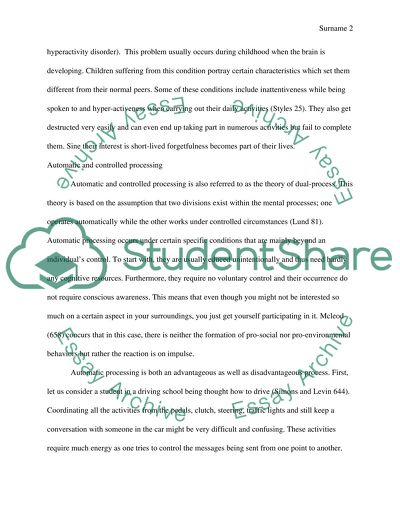Cite this document
(“Stroop Effect Essay Example | Topics and Well Written Essays - 1500 words”, n.d.)
Retrieved from https://studentshare.org/psychology/1467081-stroop-effect
Retrieved from https://studentshare.org/psychology/1467081-stroop-effect
(Stroop Effect Essay Example | Topics and Well Written Essays - 1500 Words)
https://studentshare.org/psychology/1467081-stroop-effect.
https://studentshare.org/psychology/1467081-stroop-effect.
“Stroop Effect Essay Example | Topics and Well Written Essays - 1500 Words”, n.d. https://studentshare.org/psychology/1467081-stroop-effect.


